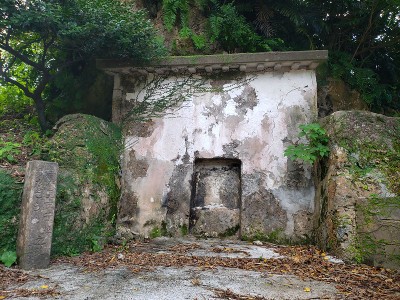Sho Furi
Shô Furi was the 6th son of King Shô Hashi of the Ryûkyû Kingdom.
Following the death in 1453 of his elder brother King Shô Kinpuku, a succession dispute broke out between Furi and his nephew (Kinpuku's son) Shô Shiro. Little is known about the details of the ensuing fighting, but it did involve Shuri castle burning down before the dust settled.
While official histories produced in the 17th-18th centuries by the kingdom, such as Chûzan seikan, characterize Furi as aggressively and inappropriately seeking to interfere with Shiro's rightful succession as the son and heir of the late Shô Kinpuku, there are various reasons that the 17th-18th century authors of these histories might have wanted to portray events in such a fashion; the truth of the politics and of the personal character of Furi, Shiro, and Taikyû, remains unknown.[1]
According to most records, both Furi and Shiro were killed in the conflict, leaving Furi's younger brother Prince Goeku to take the throne as King Shô Taikyû. Furi and Shiro are both typically said to have died in 1453; however, inscriptions on the jar holding his bones indicate that he died in 1464 at the age of 58. Conventional wisdom in Nanjô City (the site of Furi's grave) holds that he survived the conflict and lived another ten years in Nanjô, marrying a woman named Makadugani with whom he had at least two sons (known only as Furishii, i.e. "child of Furi"), who are all buried in neighboring tombs. They are said to have been the progenitors of the local Uezu and Ôya (O: Ufuya) families.
References
- Plaques on-site at the tomb of Shô Furi, Nanjô City, Okinawa.[1]
- ↑ Gregory Smits, Maritime Ryukyu, University of Hawaii Press (2019), 113.
